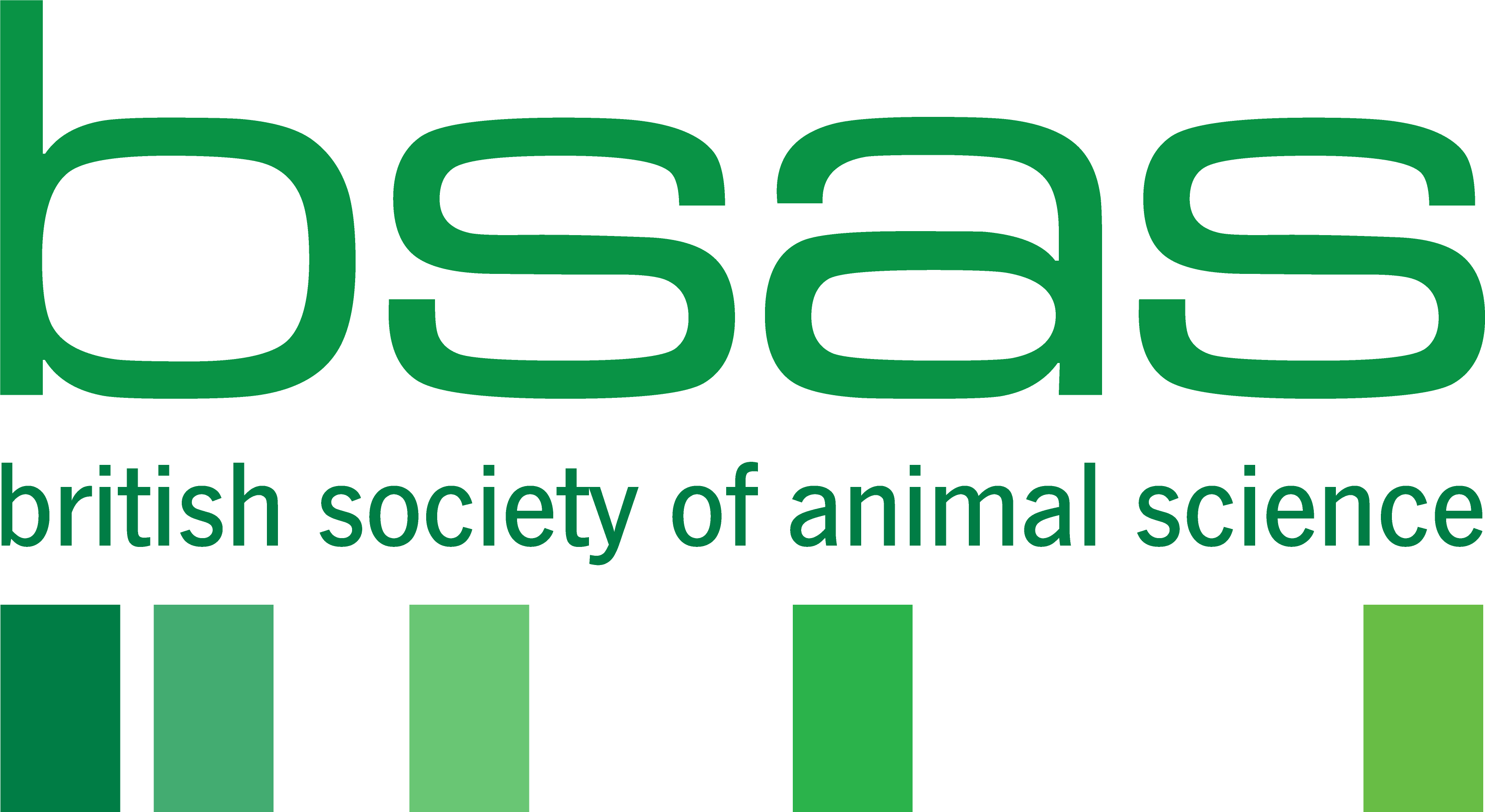How the livestock industry is adapting to mitigate the impact of animal derived foods on the environment
The industry is faced with significant challenges. Globally, we need to produce more to feed the ever-growing population. Yet, at the same time, we need to reduce the negative impacts on the environment in which our livestock live. The ruminant livestock sector has had a lot of attention, not all of it justified and some of it borne out of inaccurate information but the fact still remains we need to produce more from less and generate less waste – waste from either end of a cow contributes to environmental emissions. Now, I’m a ruminant nutritionist so I’ll focus on what the ruminant industry has been doing to address the issue of environmental impact.
Before that though, I think it is crucial that we remember what ruminant animals can do for humans and the substrates they can use to do that. Ruminants are able to convert human inedible material (usually on land unsuitable for producing human edible crops), e.g., grass, distillery byproducts, into human edible meat and milk. Not only do they convert this material into nutritious products (don’t just think about protein, there’s a host of other nutrients in there), they provide other materials that are extensively used in the huge factory that is human existence. In addition, livestock are linked to many social and cultural practices, particularly in Asia and Africa, where their use is central to socio-economic well-being.
Back to the topic in hand…. The two main outputs from ruminants about which people have been getting excited are methane (front end) and nitrogen (back/middle end). I’ll look at methane first. Produced in a bid to remove H+ from the rumen and stave off pH drops, methane is one of the primary H sinks. There has been a plethora of research over recent decades, a proportion of which has involved industry participation, on using nutrition and genetics to try to reduce methane emissions from ruminant animals. The nutrition aspect has mainly focused on increasing feed efficiency (often to reduce methane produced per unit of product or over the animal’s lifetime) and feed additives/ingredients (there are many commercially available products purporting to reduce methane, some with very convincing results). The latter includes things like essential oils, calcium nitrate and 3-NOP. All have different modes of action but all ultimately aim to reduce methane production. Feed efficiency is something that, as nutritionists, we strive to optimise anyway, but it’s even more important now given the relationship between increasing feed efficiency and reducing methane emissions. I’m no geneticist but there are substantial savings in methane emissions to be gained through breeding and genotyping.
Nitrogen is the other ‘enemy’ on the environmental front. Manure and urine from livestock make a significant contribution to nitrogen emissions. Again, there has been substantial work on reducing those emissions, particularly looking at improving nitrogen use efficiency and nitrogen retention. The ruminant animal is inherently inefficient with regard to nitrogen so carefully balancing the diet and using feed ingredients and that are locally sourced (reducing reliance on imported feed) are just a couple of ways this is being tackled. Soya is the big bad player here, with feed companies making every effort to reduce or eliminate the use of soya in their products and rations by using alternative protein sources. Some of these are novel and, thus, little is known about how they respond in a ration, which has led to research on exactly this.
Sustainability is probably the most commonly heard expression in our industry. There are many facets to sustainability but all companies (feed, processors, retailers etc) have some form of sustainability offering or strategy. Some relate to the company’s own targets in terms of reducing environmental impact and some must be adhered to by customers of those companies. A good example is the milk processors, many of whom have sustainability incentive schemes relating to carbon footprinting their supplies are required to follow. Thes schemes are usually based around feed efficiency, protein use (the nitrogen story), animal longevity, fertiliser use and land use. Animal longevity is a very key factor in reducing environmental emissions. We know from research and simulated models that the longer an animal is productive, the lower its lifetime carbon footprint. Employing management and breeding strategies on farm to increase, for example, the number of lactations a dairy cow achieves in her lifetime will contribute to a lower environmental impact overall. Thus, farm advisors are addressing replacements rates and mortality on farm using health and fertility indices as key performance indicators.
Of course, I can't highlight everything that is being done by the livestock industry to address environmental concerns but most of what we do these days is geared around increasing the positive and reducing the negative impact of producing nutritious and very useful products.
The BSAS Dairy Nutrition Conference will take place on 10-11th January at the Mercure Telford, Dr. Helen Warren is part of the organising committee for the conference and will chair a session looking at feeding the dry and milking cow. You can sign up to attend this conference here - early bird discounts remain open until 24th December 2023.
Author: Dr. Helen Warren
Affiliation: European Technical Manager, Ruminants at Alltech and Vice President, BSAS
